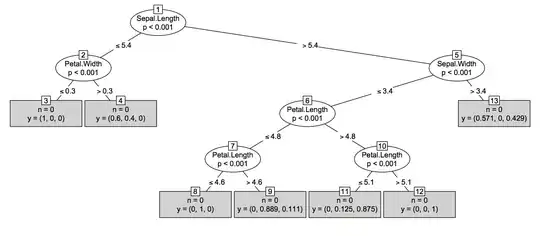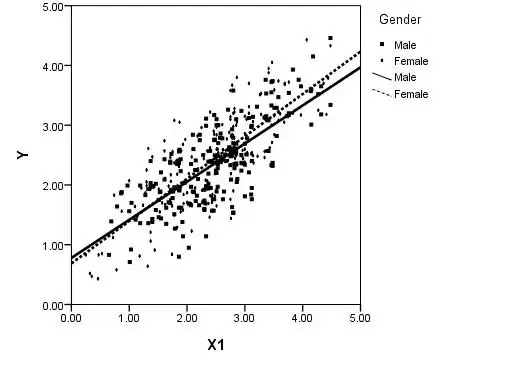I've done some clustering, and now I want to visualise the relationships with some features. Ideally I want to create a chord diagram like the image below (source):
The chord graph basically shows the relationships between data from a matrix. E.g. in the image above, one observes that around 50% of the patients with a cough come from sub-phenotype 1 (which is one of the 3 clusters). This diagram is especially useful to quickly provide an overview of the different clusters and how the clusters are characterized (i.e. by which features).
However, this is currently not practical in Python since there is no library that supports this (see here) with the numbers around the circle. Are there any other visualisations that offer the same information, but are inherently totally different? I've searched for similar visualisations but could not find anything that offers the same information visually.

